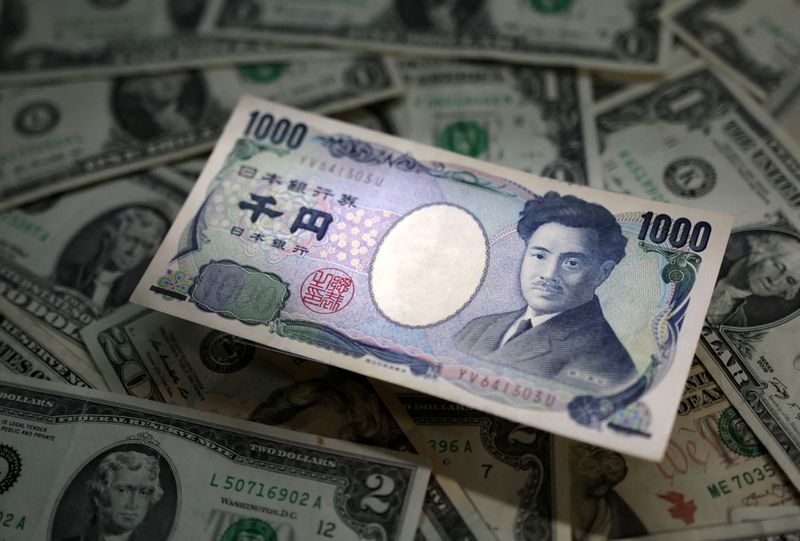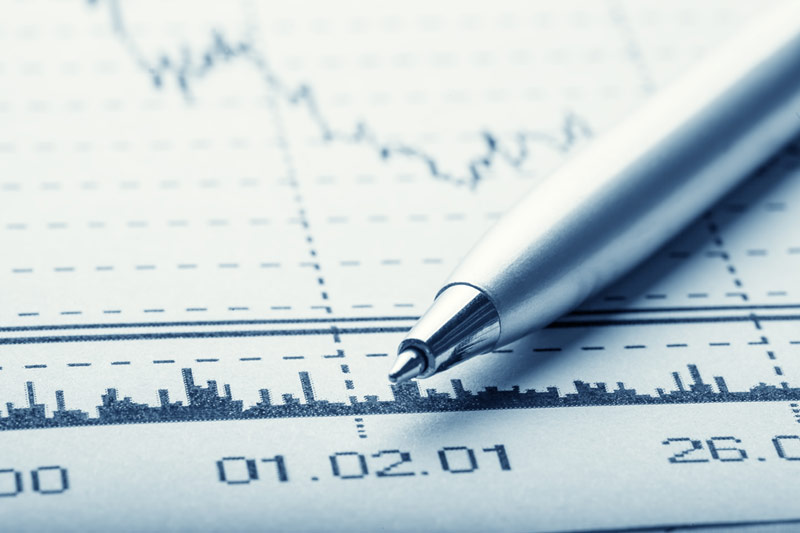By Laura Matthews
NEW YORK (Reuters) -The dollar hit a three-month high against the yen on Tuesday but was little changed against most major currencies on the day as traders bided their time ahead of next week’s U.S. elections and a whole host of incoming economic data.
The loss of a parliamentary majority for Japan’s governing coalition in elections this weekend clouded the political and monetary picture and weighed on the yen.
The dollar last rose 0.12% at 153.47 yen that day. The BOJ will announce its monetary policy decision on Thursday and is widely expected to leave interest rates unchanged.
This week’s data includes Thursday’s September U.S. personal consumer expenditures price index – the Fed’s preferred inflation measure – as well as a series of jobs reports.
Still, the dollar is heading for its biggest monthly gain against a basket of major currencies in 2.5 years and remains high for nearly three months, ahead of data that could set the path for Federal Reserve policy.
The U.S. Labor Department’s Job Openings and Labor Turnover Survey (JOLTS) showed that vacancies fell to their lowest in more than three-and-a-half years in September and that data for the previous month was revised downwards, a sign of a continued cooling labor market.
Meanwhile, US consumer confidence rose to a nine-month high in October as perceptions of the labor market improved.
“We continue to see the same pattern of jobs slowdown that has been the general theme in recent months, even though the September (non-farm payrolls) figure was well above expectations,” said Helen Given, associate director of trading at Monex. USA
However, she said she thought any downside for the dollar would be limited given the inherent risk of the Nov. 5 election and the Fed meetings the following week.
Recent data has highlighted the resilience of the US economy, which, along with rising market expectations for a victory for Republican candidate Donald Trump over his Democratic rival Kamala Harris in the election, has supported the dollar and pushed up government bond yields.
The stock is up 3.6% so far in October, marking its best monthly performance since April 2022. The rate was last at 104.34 and has risen against every major currency this year except the pound.
“We have been held hostage by the election,” said Marvin Loh, senior global market strategist State Street (NYSE:) in Boston. “We still expect a fairly tight race, as everyone has been saying for a while.”
COUNTDOWN TO BUDGET
Sterling rose 0.26% to 1.3006 ahead of the Labor government’s first budget.
Chancellor of the Exchequer Rachel Reeves has reiterated, alongside Prime Minister Keir Starmer, the need for tough fiscal measures to help plug a hole in the UK’s public finances. They are trying to maintain investor confidence, two years after then Prime Minister Liz Truss’s tax cut plans caused a crisis in the bond market.
Crucial for sterling will be the estimates from the UK Office for Budget Responsibility, which makes the forecasts that underpin the government’s spending and tax plans.
The euro was little changed against the dollar at $1.0815 and fell 0.27% against sterling to 83.13 pence.
Meanwhile, the , which reached its weakest level against the dollar since mid-August, showed little reaction to the possibility of Beijing issuing more than $1.4 trillion in new debt as part of a series of measures to support the economy.
The yuan last stood at 7.15 in the offshore market.

Two sources with knowledge of the matter told Reuters that China’s top legislative body, the Standing Committee of the National People’s Congress, wants to approve a new budget package. The package, which includes 6 trillion yuan that would be raised partly through special government bonds, is expected to be approved on the last day of a meeting to be held from November 4 to 8.
Dan Tobon, head of G10 FX strategy at Citi in New York, said there was a risk of choppy trading into next week as markets await US election results.


